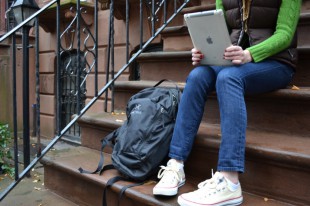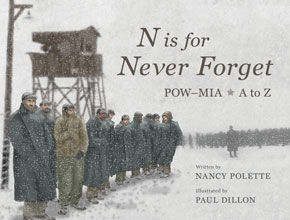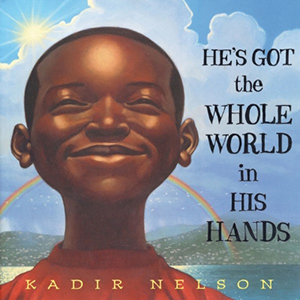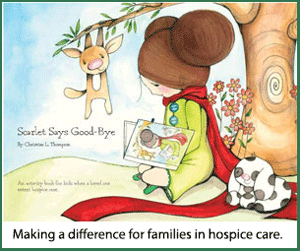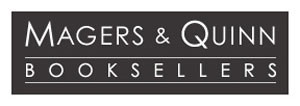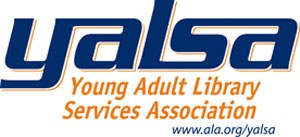There are certain sounds, smells, and memories that over the years have defined the classroom in our minds. Dusty chalkboards left a fine film on our hands. A pile of unread books at the start of a new year held the promise of challenges, both daunting and exciting. And wilted pages of handwritten notes served as evidence of hours spent mastering a new subject.
But the memories we’ve held in the backs of our minds, that we had expected our children to experience one day, are becoming antiquated. Schools are beginning to trade in textbooks, paper, and pens for computers and tablets, realizing the success of today’s students depends on the use of technology. Instead of the steady scratch of a pencil across paper and the sound of textbook pages turning in unison, children are becoming accustomed to the clicks of a keyboard and the chimes of a computer program.
At Poly Prep Country Day School, in the Dyker Heights neighborhood of Brooklyn, NY, this year’s sixth grade class is involved in an iPad pilot program that gives each student his or her own iPad to use in every subject for the entire school year.
After a presentation last year by Dr. Tony Wagner, Harvard Professor and author of The Global Achievement Gap, to parents and faculty members about the critical need to incorporate technology into the school curriculum, the middle school set out to make a drastic change in its teaching approach. The school gave each incoming sixth grader a 32GB Apple iPad and redesigned each course around this new technology.
While the iPads give teachers new tools to teach with, they also give students a greater ability to learn and interact with their coursework. There are virtual dissection apps, math apps, voice recognition capabilities, and even a science app called Leafsnap, which enables students to identify plant species and learn botanical terms.
Catherine Welch, Form I Dean of the middle school English department, explains that organization is one of its biggest improvements. “It increases student engagement, especially with reading and taking notes while reading,” she says. The iPad’s ‘Sticky Notes’ function enables students to simultaneously analyze their reading and take notes in an organized fashion.
In the minds of some parents and teachers, digital could equal distraction. Many children start playing with iPads, mobile phones, and computers shortly before they have even taken their first steps. Incorporating technology into a school’s curriculum is like letting kids bring their favorite toy to class every day.
Technology has captured the imagination of today’s children and iPads and computers hold their fascination with their sophisticated programs. It’s the hope of teachers at Poly Prep and elsewhere that transitioning iPads into the classroom will be seamless and inspire a new kind of excitement among students to dig deeper into subjects than traditional print books allow. As educational publishers add videos, interactive timelines, and ancillary online content to etextbooks, students experience a more three-dimensional view of each lesson.
Poly Prep history teacher, Caesar Fabella, also sees the potential of the iPad’s multimedia apps, such as iMovies and Keynote. For the class’s annual Ancient Civilizations Festival, Fabella says, “For many years, students had to assemble and make their final project on a three-sided board. I am beginning to think that creating a website and a documentary of this project would foster more creativity among the students.” The idea is that kids will use this technology, with which they have become so comfortable, and find innovative ways to present their schoolwork.
Even in the library, students’ iPads improve research capabilities. School librarian Anastasia Nakos says students use their iPads to access the online catalog and explore databases, a critical skill that will serve these students well throughout their academic career. “We also use the iPad to learn about popular authors and soon-to-be-released middle school book titles,” she says.
The iPads also break down classroom walls, enabling students to easily interact with teachers after hours. Opening up this dialog between students helps teachers dispense advice in a way that is proactive rather than reactive. “Using Google Apps has allowed students to share their drafts, essays, and homework responses to me in real time,” explains Fabella. “In turn, I am able to respond and offer comments as timely as possible.”
And the opportunity for students to share their work and collaborate on ideas together is only made easier with this technology. More and more textbook companies are putting their educational materials online, allowing students to easily view coursework and use the information in a group setting. “Students can view interactive maps, or clips of documentaries related to the topic being discussed,” Fabella says.
Young students today are living lives completely immersed in technology. While it may seem like a natural progression to bring this technology, so commonly and recreationally used by children, into the classroom, schools have been slow to introduce digital devices.
“We live in a world that is already becoming technologically advanced in almost every field,” explains Fabella. “Sadly, education is one of the only areas technology is still not prevalent.” For many schools, a lack of funding is the driving factor behind their reliance on printed textbooks.
Despite the educational system’s slow digital growth, teachers at Poly Prep have reason to believe iPads and ebooks will eventually replace printed educational materials. Especially if these slim devices will reduce the weight of their students’ increasingly heavy backpacks, a growing concern among teachers and parents alike.
The format of a school book and the way students interact with their teachers, studies, and each other, is changing. The marriage of educational materials and digital capabilities is bringing to life traditional school lessons in infinitely creative ways, contributing to a different kind of classroom memory and the success of a new generation.
Photo credit: Erin J. Simpson
When she’s not writing or climbing the corporate ladder at her publishing job, you can find Erin scouring Brooklyn for good food and unique finds.
www.erinjsimpson.com

